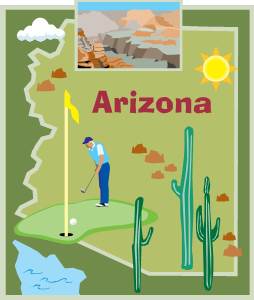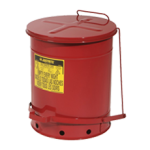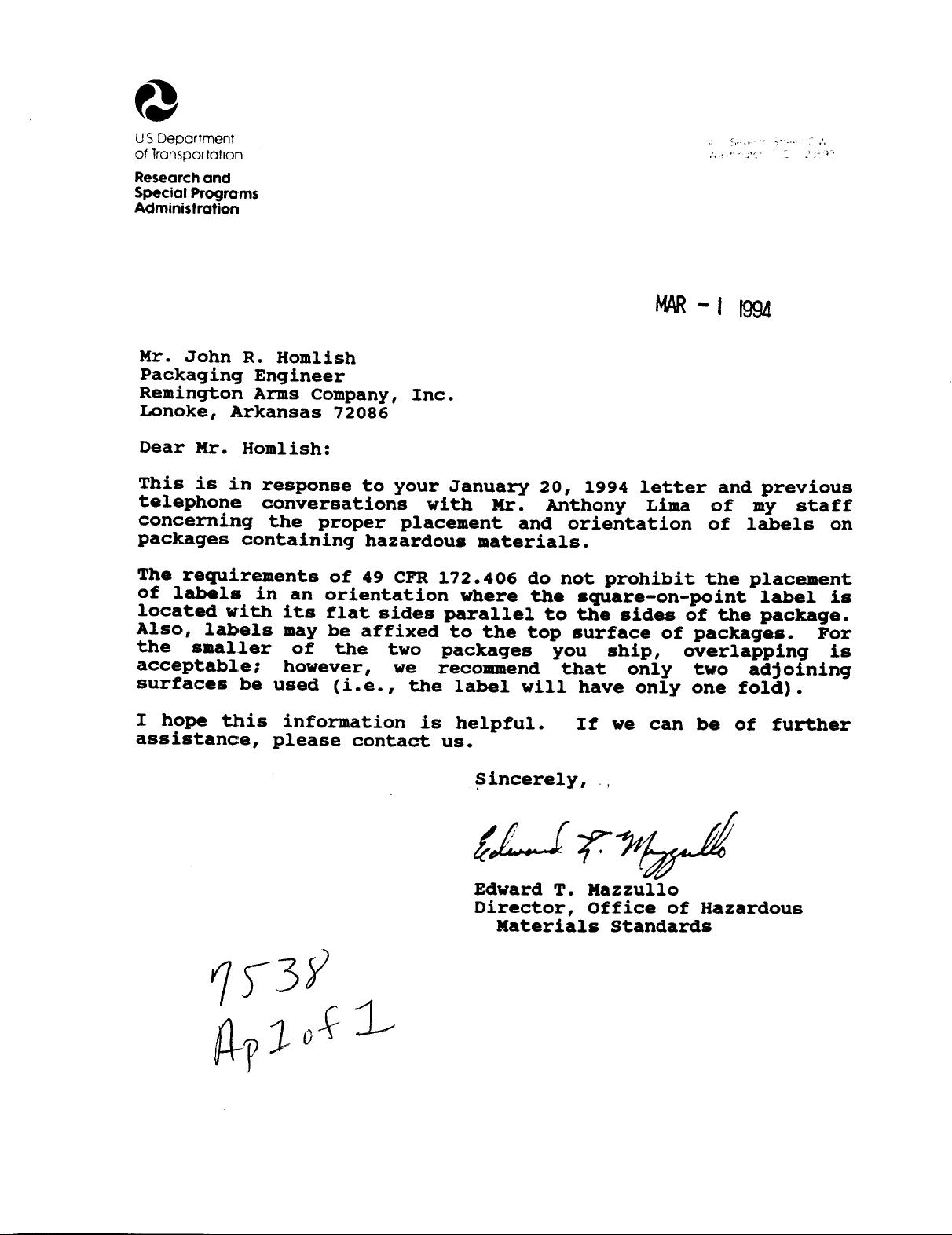The Bullet:
Dlubak Glass, based in Blairsville, PA will pay a fine of $120,000 to the Arizona Department of Environmental Quality for violations of the Resource Conservation and Recovery Act (RCRA) regulations.
Read the ADEQ press release: Arizona DEQ fines glass recycler

Who:
Dlubak Glass, based in Blairsville, PA operates a cathode ray tube recycling facility in Yuma, AZ. Violations were found and civil penalty assessed by the Arizona Department of Environmental Quality.
What:
“During an inspection ADEQ inspectors found broken CRT glass throughout the five-acre facility and stained soil in several locations. The stained soil also was observed extending about 20 feet into an orchard adjoining the Dlubak property. Samples taken on the property found levels of lead as much as 75 times more than the maximum federal and state exceedance level of five milligrams per liter.
In addition, the broken glass was stored in open, unlabeled cardboard containers and washing activities were conducted on an outdoor concrete pad. State regulations require that all CRT storage and processing activities be conducted within a building with a roof, floor and walls.”
Dlubak Glass was assessed a penalty of $120,000 for the above violations.
Where:
The Dlubak Glass facility where the violations occurred is located at 19538 S. Avenue 1 East in Yuma, AZ. Dlubak Glass has other plants located in Pennsylvania, Ohio, Kentucky,Texas, and Oklahoma.
When:
Date of initial inspection was not indicated in the ADEQ press release. The date the decision was announced was March 7, 2014.
Why:
“Their unlawful management of hazardous waste put employees and the environment at risk,” said ADEQ Director Henry Darwin. “But they hired environmental consultants, changed their operating procedures and did the soil cleanup in reaching a resolution in the case.”
Cathode ray tubes are found in many older computer monitors and televisions. If recycled properly they are excluded from the definition of a solid waste and are therefore subject to little or no regulation. However, the exclusion hinges on proper recycling of the CRTs which was not the case here. If improperly managed during recycling CRTs may release lead and other harmful pollutants into the environment.
How:
As a state with an authorized hazardous waste program, the Arizona DEQ has the authority to inspect, investigate, and assess fines of facility’s found to be in violation of state regulations. The state regulations of the ADEQ are designed to protect the health and safety of the environment and people of Arizona.
Conclusion:
Not sure of your hazardous waste generator status? |
You must also provide initial (within 90 days) and annual training for all facility personnel if you are an LQG of hazardous waste. Confused? Call me for a free consultation on the regulations of the USEPA, ADEQ or the USDOT.










